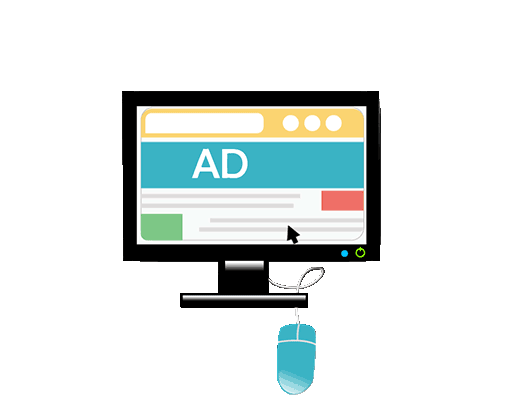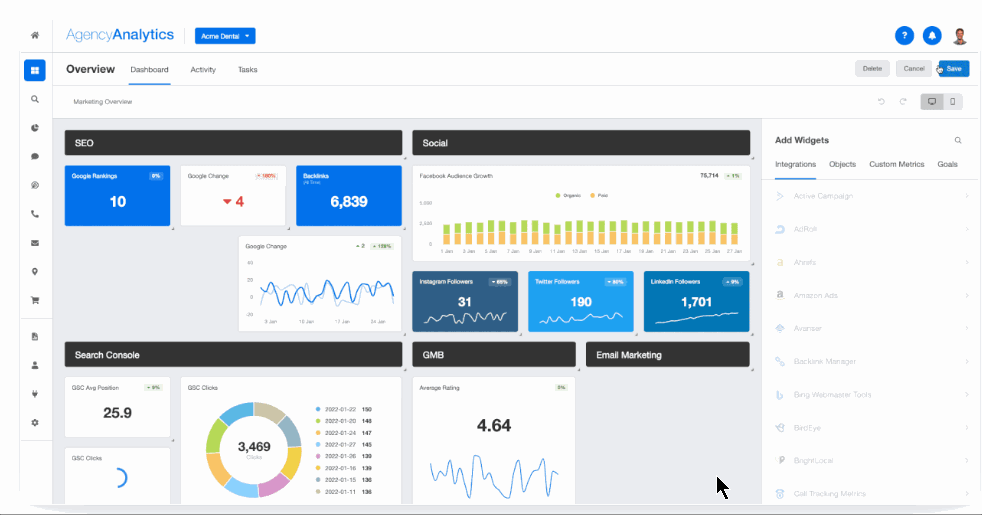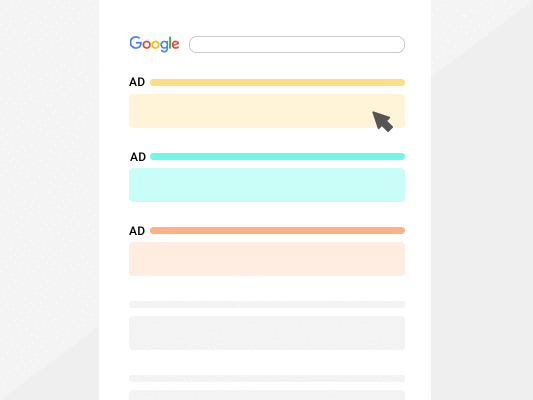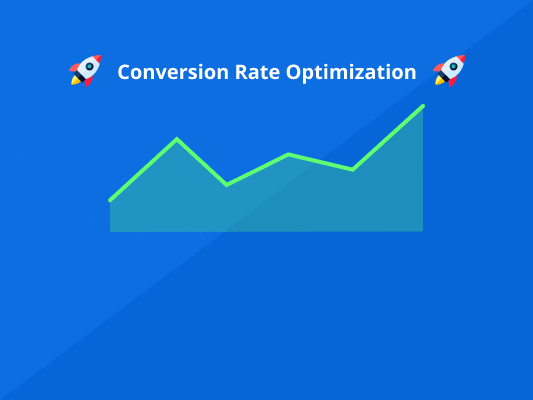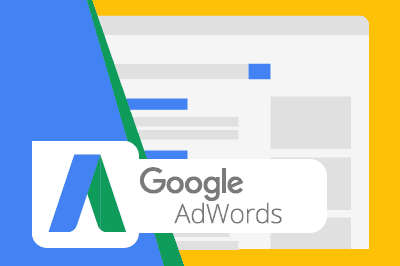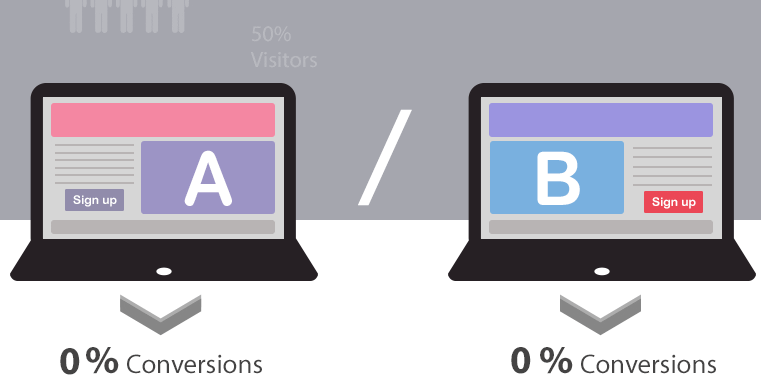Digital Marketing: Key PPC Campaign Metrics You Can't Miss
In the whirlwind world of digital marketing, it’s all too easy to find oneself adrift in a sea of data and emerging trends. You might well wonder, “Are my Pay-Per-Click (PPC) campaigns truly hitting the mark?” Trust us, you’re not alone in this.
With myriad metrics clamouring for attention, feeling swamped is par for the course. Yet, amidst this complexity lies a beacon of clarity: businesses zero in on 10 crucial Key Performance Indicators (KPIs) to gauge their PPC triumphs.
Through thorough research, we’ve unearthed the metrics that genuinely count towards assessing your campaign’s efficacy.
Our blog aims to navigate you through these essential indicators needed to keep tabs on PPC campaign victory. From click-through rates and cost per acquisition to conversion rates and return on ad spend—we’ll demystify how each metric can shape your business strategies.
This insight will empower you with the acumen needed to judiciously allocate your advertising budget next time. Ready for some lucidity? Let’s delve in!
What is PPC advertising?
PPC advertising stands for pay-per-click advertising. It allows us to place ads online. We only pay when someone clicks on our ad. This method helps us reach potential customers effectively.
It targets users who may be interested in our products or services.
PPC advertising is a key part of digital marketing. It connects us with our audience through search engines. We can see measurable results from our ads. Tracking metrics like click-through rate (CTR) and cost per click (CPC) shows us how well our campaigns perform.
This information helps us make decisions that improve our campaign effectiveness.
Why are metrics important in PPC campaign success?
Metrics help us see how well our PPC campaigns are doing. They show us clear results and help us understand what brings the best return on investment.
Measurable results
Measurable results are vital for checking our PPC campaign success. We can track clear numbers through key performance indicators (KPIs). These include the click-through rate (CTR), conversion rate, and return on ad spend (ROAS).
Each of these metrics gives us insight into how our ads perform.
For example, a strong CTR shows our audience finds our ads useful. If we see a high conversion rate, it means people are taking action after clicking our ads. Cost per acquisition (CPA) helps us understand how much we spend for each new customer.
Tracking these PPC metrics allows us to see what works and what does not.
We gain valuable data from paid search metrics. This data helps us adjust our campaigns for better results. It also shows how much we pay for traffic and the quality of that traffic.
Keeping an eye on these measurable results keeps our campaigns on track.
Clear understanding of ROI
Measurable results lead us to the importance of understanding our return on investment (ROI). A clear ROI helps us see how well our PPC campaigns are performing. We can track vital metrics like conversion rate, return on ad spend (ROAS), and cost per acquisition (CPA).
These indicators show us if we are getting good value for our money.
Tracking ROI means looking at how much revenue we earn compared to what we spend. This is key for evaluating PPC performance metrics. It guides us in making informed decisions about future advertising efforts.
Knowing our ROI keeps us focused on improving campaign effectiveness metrics and ensuring we get the best results from our ads.
Ability to make informed decisions
Clear metrics guide us to make informed decisions. Tracking PPC metrics helps us see what works and what does not. Key performance indicators (KPIs) like the conversion rate and return on ad spend (ROAS) show us how our ads perform.
We learn whether our clicks bring in quality traffic and how much we pay for those clicks.
Understanding our click-through rate (CTR) gives us insight into the appeal of our ads. A high CTR means our audience finds the ads useful. This information allows us to adjust our campaigns based on real data.
The purpose of a landing page also plays a role in this process. With regular reviews, we can optimise our content marketing components to boost conversions. Our informed decisions lead to greater success in PPC advertising.
Key metrics to track in PPC campaigns
Key metrics to track in PPC campaigns: We need to focus on key numbers to see how our ads perform. These figures help us understand what works and what doesn’t. Keeping an eye on them will guide our next steps too.
Read more to find out which metrics matter most for our success!
Click-through rate (CTR)
Click-through rate (CTR) is a key metric in PPC advertising. It helps us see how our ads are performing. CTR shows the percentage of people who click on our ads after seeing them. A high CTR means many find our ads useful.
For us, this is important because it indicates if our audience is engaged.
Tracking CTR gives us insight into our ad performance. We can see which ads attract attention. By measuring CTR, we can evaluate our targeting and messaging. If our CTR is low, we need to rethink our approach.
Modifying our ads can improve both CTR and overall performance. This metric is vital for understanding the effectiveness of our campaigns and reaching our goals.
Cost per click (CPC)
Cost per click (CPC) tells us how much we pay for each click on our ads. This metric helps us understand our advertising costs. A low CPC means we get more clicks for less money. This can lead to better traffic for our business.
Tracking CPC is vital. It shows us whether our ads are effective and if we need to make changes.
Pay-per-click advertising can help us reach more customers. Knowing our CPC helps us find the right balance between cost and results. This understanding allows us to improve our campaigns.
We focus on getting quality traffic that leads to conversions. Next, let’s look at conversion rate.
Conversion rate
Conversion rate shows how many visitors take the desired action on our site. It helps us understand if our landing page is effective. A high conversion rate means we are attracting the right audience and meeting their needs.
This metric is crucial for tracking the success of our PPC campaigns.
Tracking the conversion rate allows us to evaluate our return on ad spend (ROAS). A strong conversion rate indicates that our ads and landing pages work well together. We should focus on improving this rate to maximise our results.
Often, small changes can lead to better outcomes in conversion rate optimisation.
Cost per conversion (CPA)
We now shift our focus to cost per conversion (CPA). This metric tells us how much we spend to get one customer to complete a desired action. This action can be making a purchase or signing up for a newsletter.
Knowing our CPA helps us understand how efficient our PPC advertising is.
A low CPA means our ads are effective. We want to pay less while getting more customers. We track this metric to see the financial health of our campaigns. For instance, if we spend £100 and get 10 conversions, our CPA is £10.
We can then adjust our ads to improve this number.
Tracking CPA also helps us connect to ROI. If our revenue from the conversions is higher than the cost, we know we are on the right path. It’s vital to focus on the quality of our traffic.
The goal is to bring in relevant visitors who are likely to convert. Understanding CPA is key to mastering our PPC campaigns.
Return on ad spend (ROAS)
Return on ad spend (ROAS) is a key metric for our PPC campaigns. It shows how much money we earn for every pound spent on ads. A high ROAS means our ads are effective and bring in revenue.
For instance, if we spend £100 and earn £400, our ROAS is 4:1. This means we get four pounds back for every pound we invest.
Tracking ROAS helps us understand our campaign’s success. It is one of the most important metrics we need to measure. If we see a low ROAS, we may need to adjust our strategy. We can look at our click-through rate (CTR) and conversion rate to find ways to improve.
We can also analyse ad impressions to see how often our ads appear. This gives us insight into how our audience is responding to our ads.
How to monitor and analyse PPC metrics
We can track PPC metrics by using tools like Google Ads and third-party trackers. We should review our campaigns often to see what works best. Testing different ads helps us learn and improve.
External factors can also affect results, so we need to keep an eye on those too. For more insights into monitoring your ad success, continue reading.
Using Google Ads
Google Ads is a powerful tool for tracking PPC metrics. It helps us see key numbers like click-through rate (CTR) and cost per click (CPC). We can find out if our ads attract the right audience.
High CTR shows that people find our ads useful. This insight helps us improve our campaigns.
Using Google Ads, we can also monitor conversion rates. This tells us how many clicks lead to actual sales. It is crucial to measure our return on ad spend (ROAS) and cost per acquisition (CPA).
These metrics show us if our PPC advertising is profitable. A regular review of these numbers sharpens our strategy and helps us get better results.
Using third-party tracking tools
Third-party tracking tools help us keep an eye on our PPC campaigns. They provide valuable data that we can use to improve our ads. These tools show us key metrics like click-through rate (CTR) and conversion rate.
We can see how our ads perform across different platforms. This information helps us understand if our ads are effective.
We need to track how much we pay for each click. Cost per click (CPC) is essential for knowing our spending. Tools can show us if we are getting quality traffic. By using third-party tools, we can assess how well our landing page performs.
Having a clear purpose for our landing page boosts conversion rate optimisation.
Regular use of these tools gives us insights into our campaigns. We can adjust our ads based on what the data shows us. This can lead to a better return on ad spend (ROAS). We make informed decisions that can lead to more traffic and revenue.
Tracking metrics lets us optimise our strategies for better results.
Regularly reviewing and adjusting campaigns
We check our PPC campaigns often. Regular reviews help us see what works and what doesn’t. Tracking key metrics, like click-through rate (CTR) and conversion rate, is vital. These metrics show whether our ads are useful and if they bring in quality traffic.
Adjustments are necessary to improve our results. We need to lower our cost per acquisition (CPA) and increase our return on ad spend (ROAS). Looking at data regularly lets us make informed decisions.
Changes might involve updating ad copy or tweaking our landing page purpose. Each small adjustment can lead to better performance.
We also consider outside factors that might affect our campaigns. Trends and market changes can impact our results. By reviewing our campaigns often, we stay prepared and ready to adapt.
This way, we can ensure that our PPC advertising remains effective.
Considering external factors
Adjusting campaigns often leads us to think about other things that may affect our results. External factors can play a big role in how our PPC ads perform. Changes in market trends, seasonality, or even competitor actions can impact our metrics.
For instance, if many businesses are running ads during a holiday, our click-through rate (CTR) might drop. We need to keep an eye on these shifts.
Using data, we can understand how these factors influence our key performance indicators (KPIs). For example, knowing when our audience is active helps us time our ads better. Tracking our cost per click (CPC) during busy periods also helps us manage our budget.
We must stay alert to the outside influences on our pay-per-click advertising. This approach helps us make informed choices that push our campaigns towards success.
Utilising A/B testing
Considering external factors can impact our PPC campaigns. We can improve our results by testing different ad versions through A/B testing. This method helps us see which ads work better.
A/B testing compares two versions of an ad. We change one element, like the headline or image, and run both ads at the same time. This way, we can learn what our audience prefers. We track key metrics such as click-through rate (CTR) and conversion rate.
These insights guide our choices and help us spend our budget wisely. By focusing on high-performing ads, we can boost our return on ad spend (ROAS) and maximise the success of our PPC campaigns.
Conclusion
Tracking PPC metrics is key to our success. We learned that metrics like click-through rate and conversion rate matter most. These numbers help us understand our campaigns. They show us what is working and what needs change.
By using tools like Google Ads, we can easily monitor our progress. Let’s take action and improve our PPC campaigns for better results.
FAQs
1. What is the key metric to watch for PPC campaign success?
The most important metric you need to track in pay-per-click advertising is the click-through rate.
2. Why does the click-through rate matter in a PPC campaign?
The click-through rate shows how many people are clicking on your ads, which can indicate if your ad content is appealing and relevant.
3. How does quality score impact my PPC campaign?
Quality score affects how your PPC ads perform and how much you pay per click. It’s determined by factors like relevancy of keywords, ad text, and landing page experience.
4. Can monitoring these metrics improve my PPC campaign success?
Yes, keeping an eye on both clickthrough rate and quality score gives vital insight into your campaign performance, helping you make necessary adjustments for better results.
